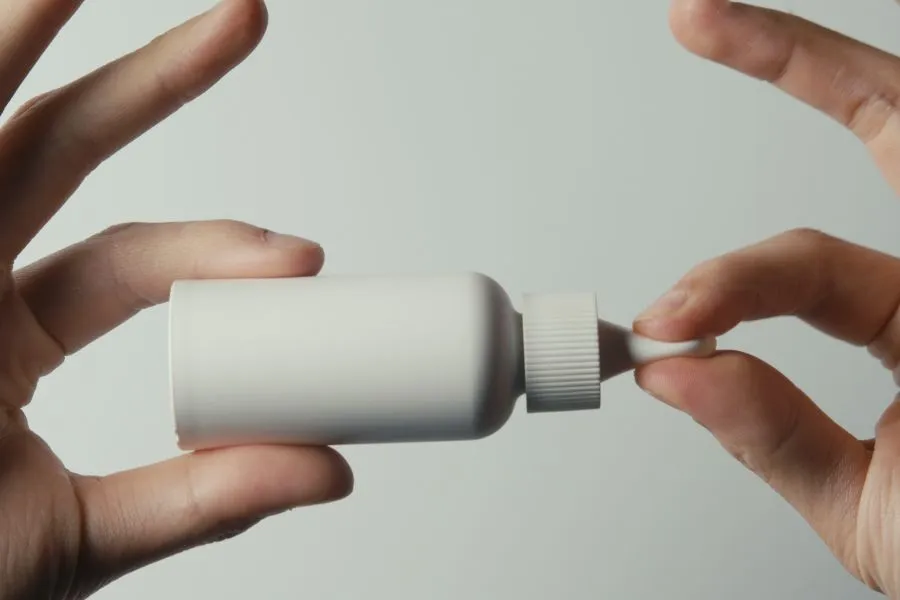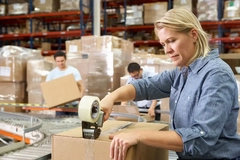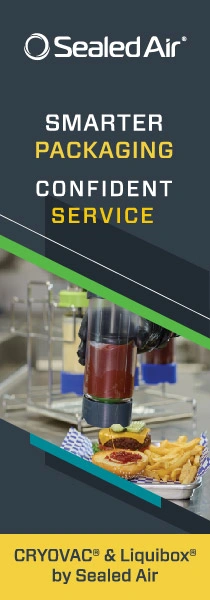Shellworks CEO: Compostable packaging may rival plastic
Key takeaways
- Compostable packaging like Vivomer may reduce environmental pollution by breaking down without leaving microplastics
- Modern compostable materials now match plastics in performance, offering durability and stability
- Ongoing innovation in sustainable materials could make compostables the default packaging choice in the future, according to Shellworks CEO.
Compostable packaging solutions may “break the cycle” of environmental pollution created by conventional processes of plastic production, according to the co-founder and CEO at Shellworks.
Packaging Insights speaks to Insiya Jafferjee about the environmental benefits of compostable packaging. She highlights the functional challenges of biodegradable materials but also explains that alternative materials are now at a stage where they can compete with conventional plastics.
Vivomer is Shellwork’s compostable material made from plant waste biomass and developed through fermentation and formulation. Used to make personal care packaging, its format can be rigid, flexible, matte, or glossy.
What are the advantages of using compostable materials in packaging?
Jafferjee: Firstly, there’s the environmental benefit. Once disposed of, Vivomer is designed to degrade organically without leaving behind microplastics, which pollute the soil and marine environments.
Secondly, the impact on human health. Countless studies have found that plastics are in our bodies, polluting our blood and brains. Using natural materials to create compostable packaging provides an incredible option for people and the planet.
Unlike some compostables, our products are naturally plastic-free, petroleum-free, free of toxic additives like BPA and PFAS, and stable in use. This means brands can meet their sustainability goals while consumers can be reassured that their packaging will not fail in use, leach microplastics, or pollute their skin.
Vivomer slips into existing supply chains, meaning our materials can work with existing production equipment, eliminating the need for costly infrastructure changes.
How do compostable materials impact the environment?
 Shellwork’s pipette dropper is at-home compostable.Jafferjee: The environmental benefits are multifaceted. Most immediately, compostable materials degrade organically without leaving behind microplastics, addressing one of our time’s most pressing pollutant concerns.
Shellwork’s pipette dropper is at-home compostable.Jafferjee: The environmental benefits are multifaceted. Most immediately, compostable materials degrade organically without leaving behind microplastics, addressing one of our time’s most pressing pollutant concerns.
Furthermore, plastic is made from fossil fuels derived from oil, and the extraction process is a significant contributor to climate change. The manufacturing process for plastic is also water-intensive and has been known to release harmful air pollution, causing health issues for residents.
This drastically differs from natural waste biomass, which requires no harmful chemicals or energy-intensive manufacturing process.
Perhaps most importantly, compostable materials break the cycle of persistent pollution that conventional plastics create, offering a pathway to truly sustainable packaging systems.
What are some misconceptions about compostable materials?
Jafferjee: One major misconception is that “compostable” means the material will break down anywhere, anytime. However, different materials can require different composting conditions.
We have worked to make the process as simple as possible for any Shellworks packaging, ensuring it breaks down in home compost environments. Even if the consumer does throw it out with their general waste, it will break down in landfills at a similar rate to cellulose, making it more versatile than many alternatives.
Another misconception is that compostable materials are inherently inferior in performance or need to be organic-looking. This stems from early-generation biomaterials that required significant compromises. Modern materials, like Vivomer, challenge this assumption by delivering performance equal to and, in some cases, even above conventional plastics.
What is the future of compostable materials for the packaging industry?
Jafferjee: The future is incredibly promising. We’ve moved beyond the early development phase of sustainable materials into an era where alternatives can compete with conventional plastics in many applications.
.webp) Jafferjee hopes that compostable materials will become the default choice for packaging, not the alternative.The industry continues to innovate rapidly, and we are building a future where the question isn’t “Can compostable materials perform as well as plastic?” but rather “Why would you choose materials that persist in the environment when superior alternatives exist?” We hope that in the next decade, compostable materials will likely become the default choice for packaging, not the alternative.
Jafferjee hopes that compostable materials will become the default choice for packaging, not the alternative.The industry continues to innovate rapidly, and we are building a future where the question isn’t “Can compostable materials perform as well as plastic?” but rather “Why would you choose materials that persist in the environment when superior alternatives exist?” We hope that in the next decade, compostable materials will likely become the default choice for packaging, not the alternative.
The key driver will be continued innovation in biotechnology and fermentation science, allowing us to expand our product line with precisely tailored properties for specific applications. This isn’t just about replacing plastic — it’s about creating the next generation of materials that are inherently designed for circularity.
What are some challenges when using compostable materials in food contact materials?
Jafferjee: The primary challenge has been achieving the performance characteristics that conventional plastics provide, like barrier properties and durability, while maintaining true composability.
While we currently focus on delivering solutions for personal care and cosmetics, for packaging that will come into contact with food specifically, materials must maintain food safety standards, provide an adequate barrier against moisture and oxygen, and remain stable throughout the product’s shelf life.
The beauty industry must also meet these high standards, as beauty products contain multiple complex chemical formulations curated perfectly for the consumer, and the packaging cannot destabilize the product. We have taken our time to thoroughly test the Vivomer material and ensure no impact on the product, no matter how long or in what conditions it remains in the packaging.











